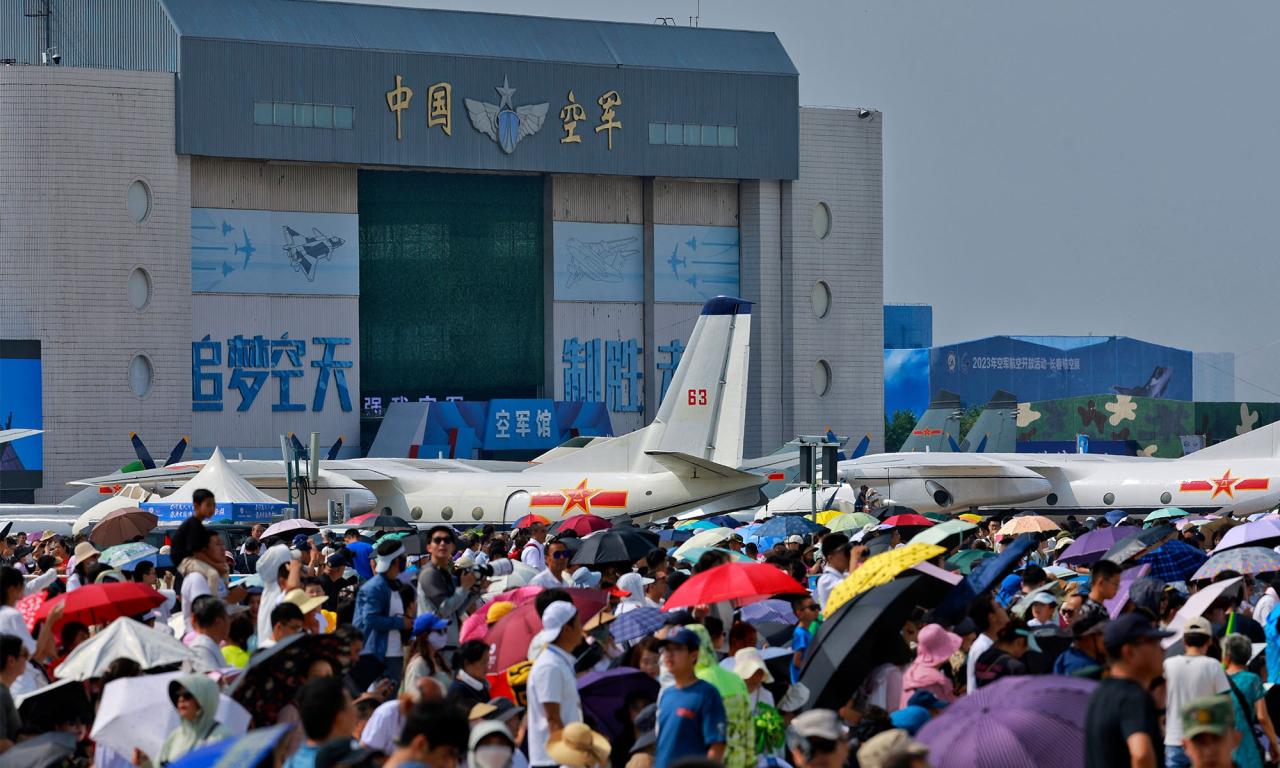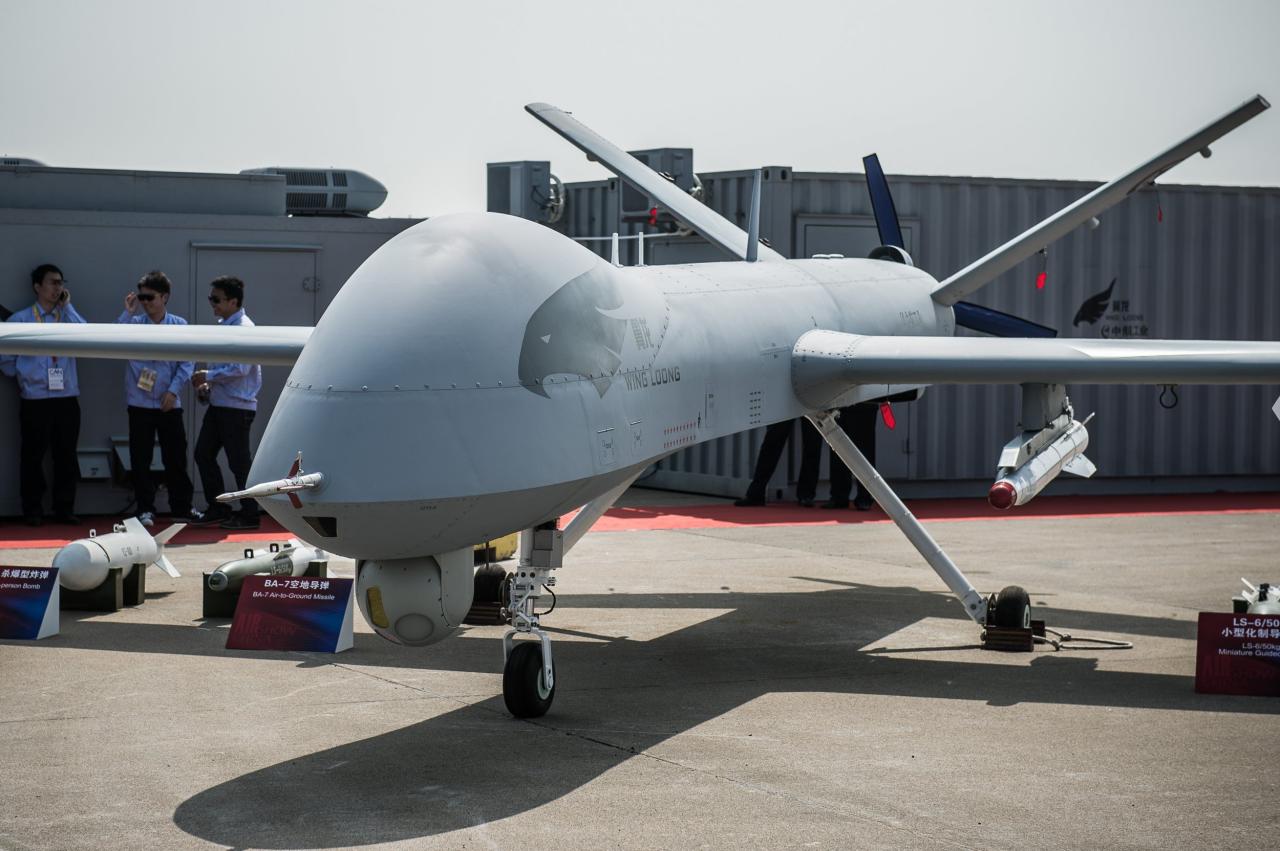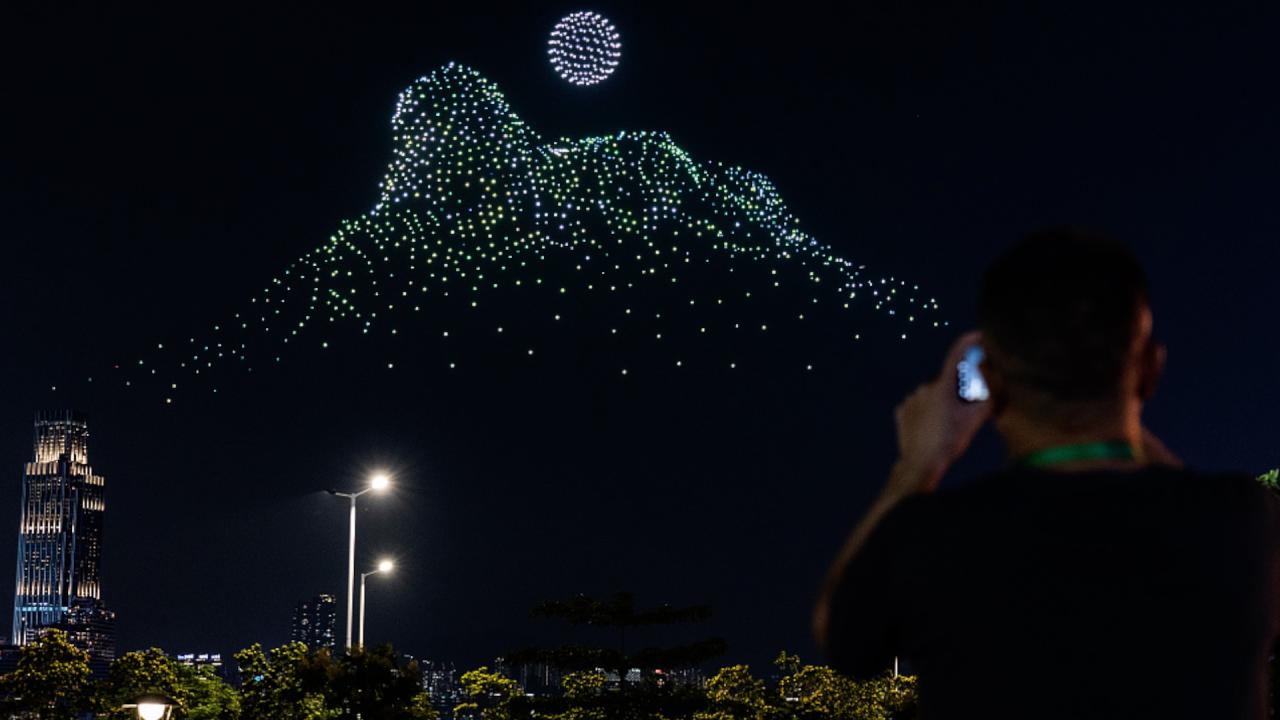China Drone Show 2043: Imagine a future where dazzling drone light shows aren’t just a spectacle, but a reflection of China’s technological prowess. This exploration dives into the projected advancements in Chinese drone technology by 2043, examining everything from autonomous flight and AI integration to the societal and economic impacts of widespread drone use. We’ll look at potential applications across various sectors and the regulatory hurdles that need to be overcome.
Imagine the China Drone Show 2043: thousands of drones painting breathtaking aerial displays. But what about underwater spectacles? That’s where the innovation of the magura v5 sea drone comes in; think synchronized underwater light shows adding a whole new dimension to future drone displays at events like the China Drone Show 2043. It’s a whole new world of possibilities!
From infrastructure development and precision agriculture to disaster relief and innovative entertainment, drones are poised to reshape China’s landscape. We’ll delve into the potential benefits – increased efficiency, economic growth, and improved public services – while also addressing concerns about job displacement, privacy, and security. This isn’t just about flying machines; it’s about a technological revolution and its profound implications.
Technological Advancements in Chinese Drone Technology by 2043

By 2043, Chinese drone technology is projected to undergo a dramatic transformation, driven by advancements in artificial intelligence, battery technology, and materials science. We can expect drones to be significantly more autonomous, efficient, and capable than their current counterparts.
Projected Advancements in Drone Autonomy, AI Integration, and Swarm Capabilities
Drone autonomy will reach unprecedented levels. AI integration will enable drones to navigate complex environments, make real-time decisions, and perform tasks with minimal human intervention. Swarm technology, allowing coordinated operation of large numbers of drones, will be highly developed, enabling complex tasks such as large-scale infrastructure inspections or precision agriculture operations. Imagine swarms of drones autonomously mapping disaster zones or collaboratively constructing intricate structures.
Anticipated Improvements in Drone Battery Technology and Flight Duration

Significant breakthroughs in battery technology are anticipated, leading to substantial increases in flight duration. Solid-state batteries and advanced energy storage systems could extend flight times from hours to potentially days for certain drone models. This extended flight time will enable longer missions and broader operational ranges.
Potential Breakthroughs in Drone Payload Capacity and Range, China drone show 2043
We can expect significant improvements in drone payload capacity and range. Lighter, stronger materials and more efficient propulsion systems will allow drones to carry heavier payloads over greater distances. This will open up new possibilities for applications such as delivering larger quantities of goods or deploying heavier equipment in remote locations. Consider drones capable of delivering emergency supplies across vast distances or conducting large-scale aerial surveys with advanced sensor payloads.
Imagine the China Drone Show 2043: a breathtaking spectacle of light and technology! To get a taste of the incredible visuals possible, check out this amazing example of what drones can do: chinese new year drone show. That level of coordinated artistry will only be amplified in 2043’s show, promising an unforgettable experience.
Comparison of Projected Drone Specifications
| Feature | 2024 Specs (Example) | Projected 2043 Specs | Improvement Percentage |
|---|---|---|---|
| Flight Time | 30 minutes | 12 hours | 2300% |
| Payload Capacity | 5 kg | 50 kg | 900% |
| Range | 10 km | 100 km | 900% |
| Autonomy Level | Assisted Autonomous | Fully Autonomous | N/A |
Potential Applications of Drones in China by 2043
The widespread adoption of advanced drones will revolutionize numerous sectors in China. Their versatility and capabilities will significantly impact infrastructure development, agriculture, emergency response, and logistics.
Drone Applications Across Various Sectors
- Infrastructure: Bridge inspections, pipeline monitoring, construction progress tracking, and urban planning.
- Agriculture: Precision farming (targeted pesticide and fertilizer application), crop monitoring (disease detection, yield prediction), and livestock management.
- Emergency Response: Search and rescue operations, disaster assessment, delivery of emergency supplies, and firefighting support.
- Logistics and Delivery: Package delivery, transportation of goods in remote areas, and efficient supply chain management.
Societal and Economic Impacts of Widespread Drone Use in China by 2043: China Drone Show 2043

The integration of drones into daily life will bring both opportunities and challenges. While increasing efficiency and productivity, it will also raise concerns about job displacement and privacy.
Impact on Employment, Economy, Urban Planning, and Privacy
Automation driven by drones could lead to job displacement in certain sectors, requiring workforce retraining and adaptation. However, new jobs will also emerge in drone manufacturing, maintenance, operation, and related fields. The overall economic impact is expected to be positive due to increased efficiency and productivity across various industries. Urban planning will likely incorporate drone infrastructure, such as designated drone corridors and landing zones.
Privacy concerns related to surveillance capabilities will require robust regulatory frameworks and ethical guidelines.
Hypothetical Scenario: Positive and Negative Impacts
Imagine a scenario where drones handle most package deliveries, significantly reducing traffic congestion and delivery times. This boosts the efficiency of e-commerce and improves logistics. However, this also leads to job losses for delivery drivers, requiring societal adaptation and retraining programs. Simultaneously, increased drone surveillance raises privacy concerns, necessitating transparent regulations and public debate.
Regulatory and Ethical Considerations for Drones in China by 2043
A robust regulatory framework will be crucial to ensure the safe and ethical use of drones. This involves addressing issues of safety, security, privacy, and international cooperation.
Potential Drone Regulations and Their Implications
| Regulation | Justification | Potential Challenges | Mitigation Strategies |
|---|---|---|---|
| Drone registration and licensing | Accountability and identification of operators | Enforcement in remote areas | AI-powered surveillance and automated identification systems |
| Geofencing and no-fly zones | Protecting sensitive areas and ensuring safety | Defining appropriate boundaries | Dynamic geofencing systems adapting to real-time conditions |
| Data privacy regulations | Protecting individuals from unauthorized surveillance | Balancing security and privacy needs | Data encryption, anonymization techniques, and strict data access controls |
Illustrative Drone Show Scenarios in 2043 China

Drone shows in 2043 will be far more sophisticated and immersive than today’s displays. Technological advancements will enable breathtaking visual spectacles and interactive experiences.
Examples of Advanced Drone Shows
Imagine a national day celebration featuring a synchronized drone show with 100,000 drones forming intricate patterns in the night sky, depicting historical events and national symbols with stunning visual effects, including dynamic lighting and 3D projections. Another scenario could involve an interactive show where audience members use their smartphones to influence the drones’ formations and colors, creating a unique and participatory experience.
Commercial applications could see drones forming giant, moving advertisements in the sky, or creating immersive product launch experiences, where drones project holographic images of the product.
Okay, so you’re curious about China’s ambitious drone show plans for 2043? That’s pretty far out! To get a sense of the current state of large-scale drone displays in China, check out the amazing visuals from a past event at the shanghai drone show. Seeing those performances will give you a better idea of the technology and spectacle China might aim for in their 2043 show.
It’s gonna be huge!
Summary
By 2043, China’s drone industry could be a global leader, shaping not only its own technological landscape but also influencing international standards and regulations. The China Drone Show 2043, as envisioned, represents more than just a breathtaking spectacle; it symbolizes the transformative power of drone technology and the crucial need for responsible innovation. The future of drones is bright, but navigating the ethical and regulatory challenges will be key to realizing its full potential.
The path forward requires careful planning, international collaboration, and a commitment to responsible technological advancement.
FAQ
What types of entertainment will drone shows offer in 2043?
Expect highly sophisticated light shows with complex formations, interactive elements involving audience participation, and possibly even 3D holographic projections integrated with the drone displays.
What are the environmental concerns surrounding widespread drone use?
Increased battery production and potential drone crashes pose environmental risks. Sustainable battery technology and improved safety protocols will be crucial.
How might drone technology impact military applications in China by 2043?
Significant advancements in autonomous capabilities and swarm technology could lead to more sophisticated military drones, impacting both defense and potential conflict scenarios. This area warrants careful ethical and regulatory consideration.
Will there be international collaboration on drone regulations?
International cooperation is vital to establish consistent safety standards and address cross-border flight issues, preventing misuse and ensuring responsible operation.
